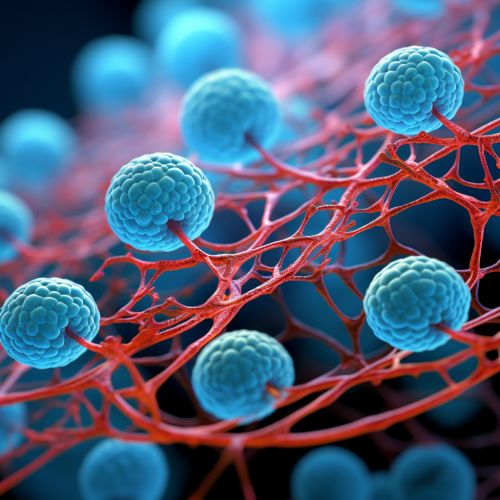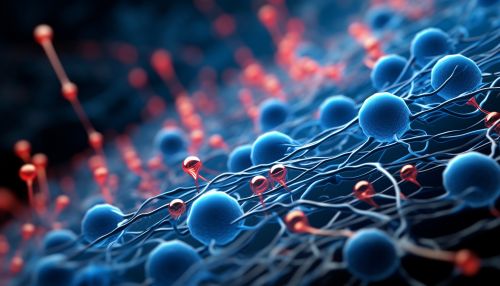Long Noncoding RNAs in Gene Regulation
Introduction
Long noncoding RNAs (lncRNAs) are a type of ribonucleic acid that do not code for proteins but play a crucial role in gene regulation. They are typically more than 200 nucleotides in length and are involved in various biological processes, including chromatin remodeling, transcription, post-transcriptional modifications, and signal transduction. LncRNAs are emerging as key players in the regulation of gene expression, with implications for human health and disease.
Biogenesis of Long Noncoding RNAs
The biogenesis of lncRNAs is similar to that of messenger RNAs. It involves transcription by RNA polymerase II, 5' capping, splicing, and polyadenylation. However, lncRNAs are often less efficiently spliced and exported to the cytoplasm than mRNAs, resulting in their nuclear retention. Some lncRNAs are also transcribed by RNA polymerase III or are derived from small nucleolar RNAs (snoRNAs).
Classification of Long Noncoding RNAs
LncRNAs can be classified based on their genomic location and context. There are five main types: intergenic lncRNAs (lincRNAs), intronic lncRNAs, antisense lncRNAs, overlapping lncRNAs, and bidirectional lncRNAs. Each type has unique characteristics and functions in gene regulation.
Mechanisms of Gene Regulation by Long Noncoding RNAs
LncRNAs regulate gene expression through various mechanisms, including chromatin remodeling, transcriptional co-activation or co-repression, post-transcriptional processing, and as decoys or sponges for other regulatory molecules.
Chromatin Remodeling
LncRNAs can interact with chromatin remodeling complexes to modify the chromatin state and regulate gene expression. For example, the lncRNA Xist recruits the Polycomb repressive complex 2 (PRC2) to the X chromosome to initiate X-chromosome inactivation.
Transcriptional Co-Activation or Co-Repression
LncRNAs can serve as scaffolds to bring together multiple proteins to form ribonucleoprotein complexes, which can then regulate the transcription of target genes. They can also interact with transcription factors to enhance or repress their activity.
Post-Transcriptional Processing
LncRNAs can influence mRNA splicing, stability, and translation. For instance, the lncRNA MALAT1 modulates alternative splicing by interacting with splicing factors.
Decoys or Sponges
LncRNAs can act as molecular decoys or sponges to sequester proteins or miRNAs, thereby modulating their function. An example is the lncRNA GAS5, which acts as a decoy for the glucocorticoid receptor, inhibiting its activity.
Role of Long Noncoding RNAs in Disease
Dysregulation of lncRNAs has been implicated in various diseases, including cancer, neurological disorders, cardiovascular diseases, and immune disorders. They can act as oncogenes or tumor suppressors in cancer, and their expression profiles can serve as diagnostic or prognostic markers.
Future Perspectives
The study of lncRNAs is a rapidly evolving field, with potential applications in disease diagnosis, prognosis, and therapy. However, many challenges remain, including the need for better methods to identify and characterize lncRNAs, and to understand their mechanisms of action.


